20 Most Important Things to Do to Make Your Apartment Safe for a Cat
Even small apartments can pose big risks for cats, especially when their curiosity is combined with limited space and vertical access. Many standard household features aren’t built with animals in mind. And because cats hide when they’re scared or sick, you might not notice a problem until it’s serious.
Making a few smart, preventative changes can reduce stress, avoid injury, and create a safer home overall.
Anchor Heavy Furniture
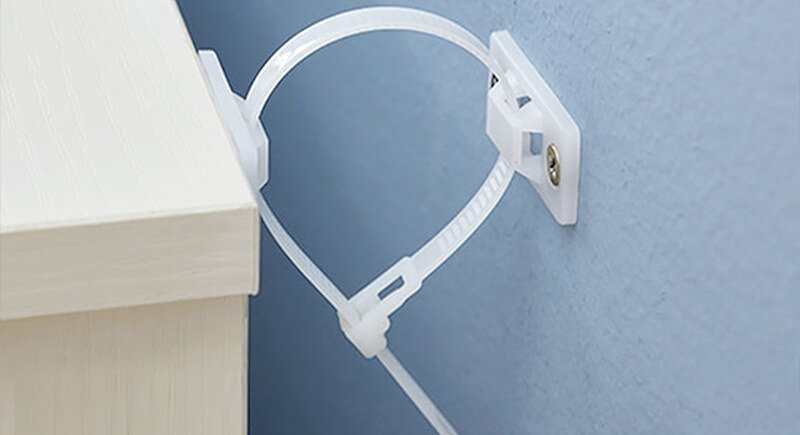
Credit: Amazon
A tall bookshelf or wardrobe is a climbing frame waiting to fall. Anti-tip brackets or furniture straps take just minutes to install, and they’ll hold shelves steady even if your cat decides the top is their new favorite nap spot.
Secure Windows and Balconies
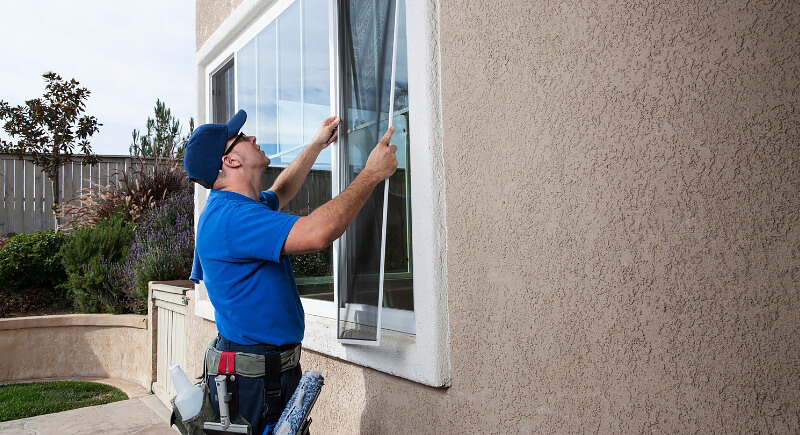
Credit: Getty Images
Screens and railings look safe, but they aren’t built for cats. Swap flimsy mesh for pet-grade options and add balcony netting or clear panels if you can. If that’s not possible, keep windows cracked only minimally or closed when you’re not in the room.
Lock Away Cleaners and Trash
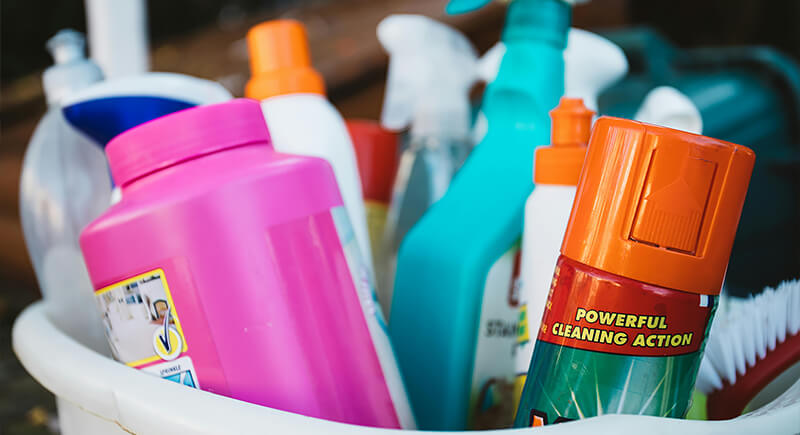
Credit: pexels
Household cleaners, bleach, and even toothpaste are toxic to cats. Add in dental floss, cotton swabs, or discarded food scraps, and you’ve got a buffet of danger. Install childproof latches on cabinets and switch to lidded trash bins to keep these temptations sealed out of reach.
Choose Only Cat-Safe Plants
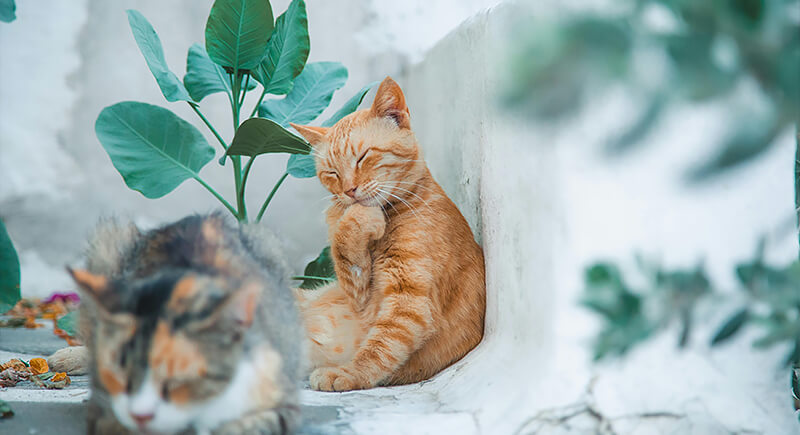
Credit: pexels
A bouquet of lilies can land your cat in the ER, and even common plants like pothos or aloe are a problem. Some of these plants are highly toxic, and even tasting a leaf can be highly dangerous. Stick with cat-safe varieties, such as calathea or spider plants, and double-check any new additions.
Manage Cords and Wires
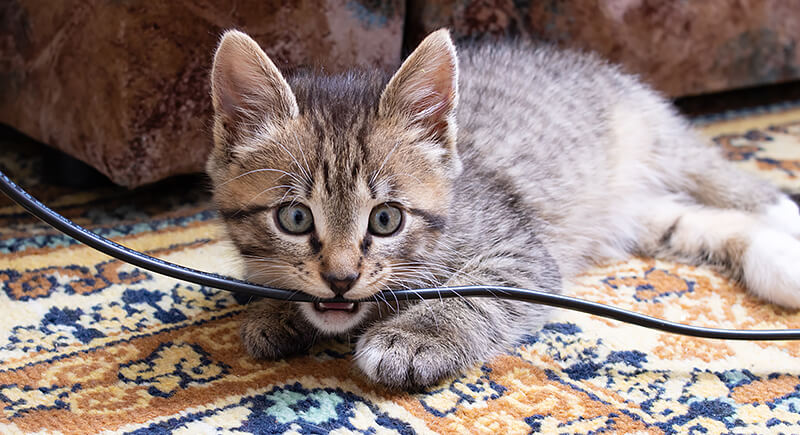
Credit: iStockphoto
Charging cables, lamp cords, or anything that swings can look like a toy. The chewing risk is obvious, but tangling is another hazard. Cord protectors or plastic tubing can keep everything neat and bundled, which is exactly what you want when a cat’s in the room.
Close Appliance Doors and Cabinets Every Time
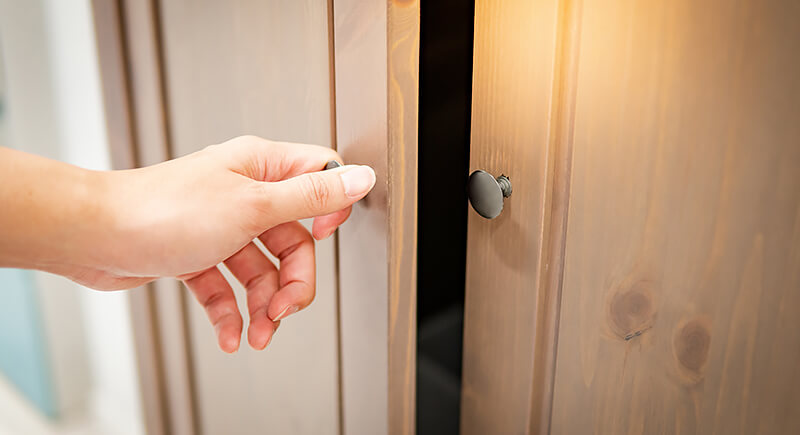
Credit: iStockphoto
Laundry machines and dishwashers seem cozy to a cat looking for peace and quiet. The same goes for cabinets. That’s a disaster waiting to happen. Always check inside and shut doors immediately after use. It’s a small habit that can help avoid a dangerous accident during your next wash cycle.
Skip Candles and Toxic Scents

Credit: pexels
A cat’s tail and a lit candle are a risky combination. Diffusers containing oils like tea tree or eucalyptus double the danger. LED candles offer the same glow without the fire, and pet-safe air fresheners exist if scent is a must.
Keep Fragile Items Secure
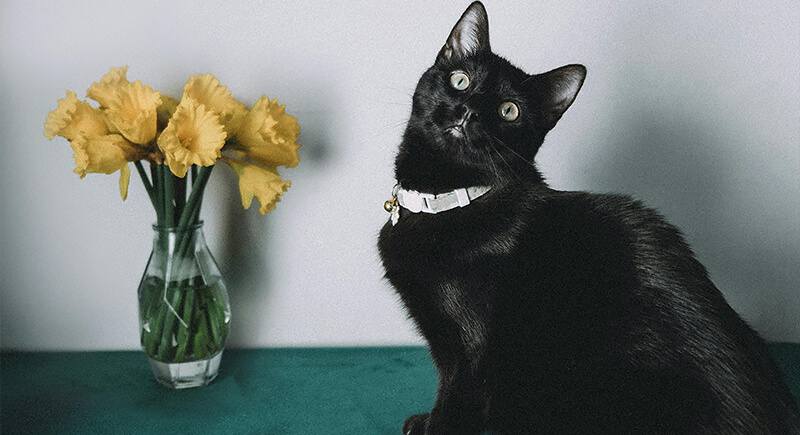
Credit: pexels
You don’t have to sacrifice style for safety, but glass vases or ceramic collectibles require a little extra care. Museum putty secures breakables invisibly and removes easily when needed. Better still, store items behind closed cabinet doors where paws and tails can’t find them.
Cover Gaps Under Beds or Sofas
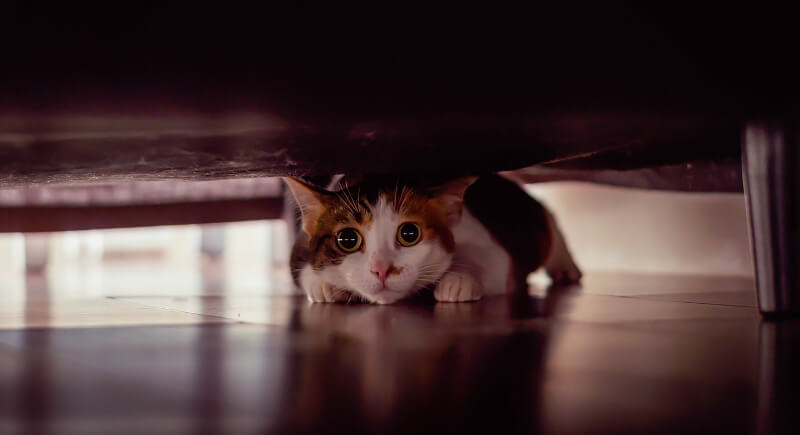
Credit: Canva
Cats naturally hide when stressed, and under furniture is their go-to spot. The trouble is that deep gaps make them unreachable in emergencies. Use blocks, storage bins, or fabric barriers to close off openings so you’re never searching during an evacuation.
Add Soft Landings Under High Spots
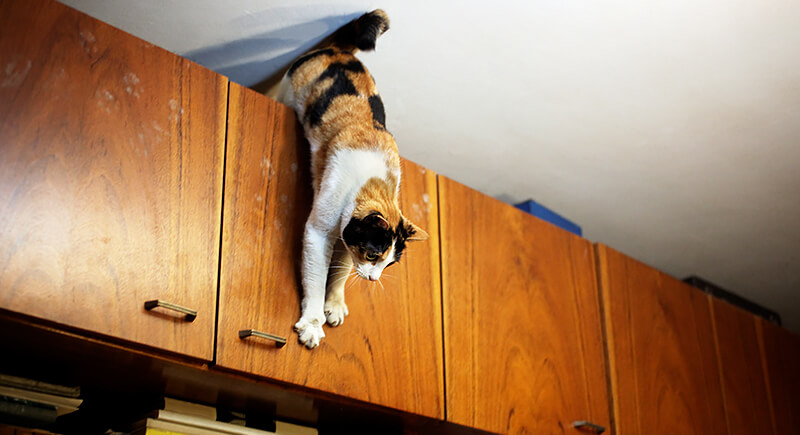
Credit: iStockphoto
If your cat has never climbed the fridge or leaped from the top shelf, it doesn’t mean they’re not capable of doing it. There’s no telling what can happen when it’s time to get back down and they miscalculate. Rugs or cushions can soften falls when agility slips.
Tie Up Long Curtains and Cords
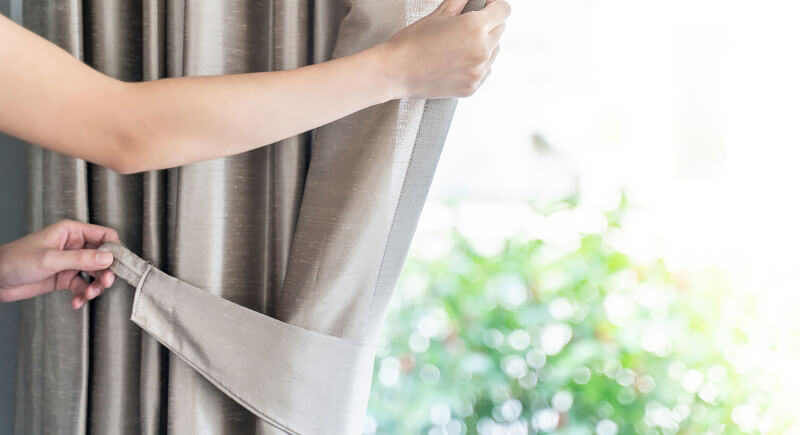
Credit: Getty Images
Long curtains and cats rarely get along. They tangle, tear, or, worse, bring the whole rod down. Curtain ties or shorter window coverings are a good temporary fix until your cat gets out of its climbing phase, if it ever does.
Hide Holiday Hazards

Credit: Getty Images
Decorations equal toys in a cat’s eyes. Tinsel, ribbon, fake snow, and mistletoe all spell danger if swallowed. Hang fragile ornaments higher, secure cords tightly, and keep harmful plants out of reach. Festive doesn’t have to mean a December vet trip.
Keep Small Objects Out of Reach
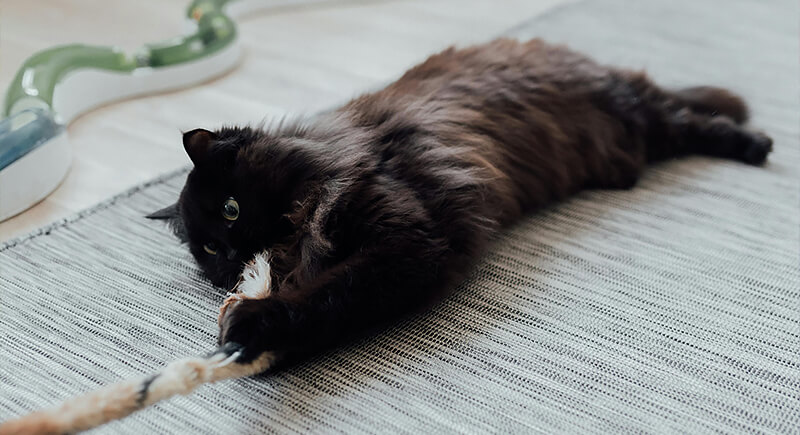
Credit: pexels
Cats are particularly fond of small, elastic, or string-like objects. They may seem harmless to us, but if swallowed, they can cause blockages that sometimes require surgery. Stash them in lidded jars or drawers where curious paws won’t find them.
Block Crawl Spaces Around Appliances
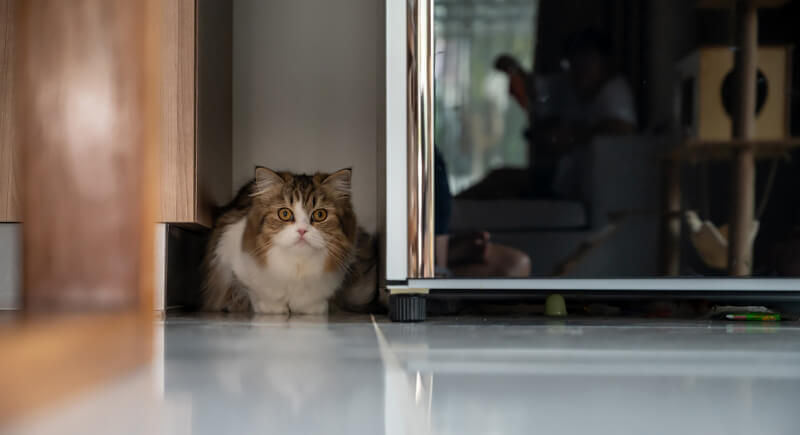
Credit: Getty Images
The warm gap behind appliances and furniture is practically an open invitation for cats. Once they’re inside, it’s hard to reach them. Block them off with foam, storage boxes, or purpose-built barriers to remove the temptation altogether.
Use Covered Food Storage
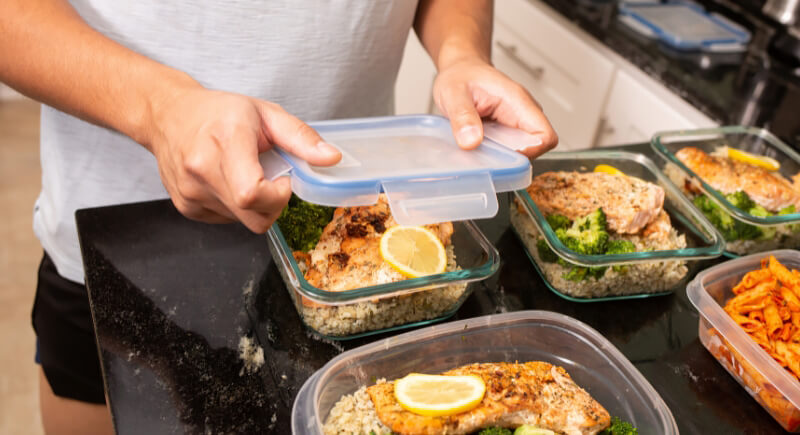
Credit: Getty Images
Leaving bread bags or chip clips on the counter is an open invitation. Cats nibble through packaging and risk choking on plastic. Switch to sealed containers for food storage. It keeps snacks fresh for you and removes temptation for them.
Provide Scratching Alternatives
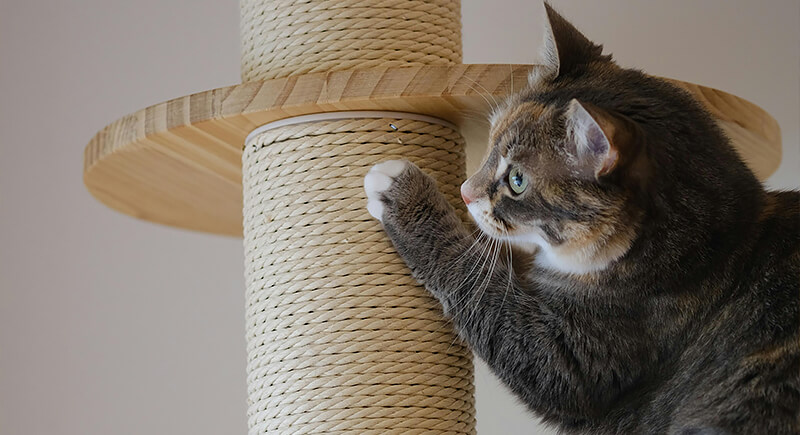
Credit: pexels
Scratching is a natural instinct for cats. If they don’t have a designated outlet, they will use furniture, carpet, or curtains. Offer sturdy scratch posts or pads in high-traffic spots. Giving them a specified zone protects both their claws and your apartment from constant battles.
Watch Heat Sources Closely

Credit: pexels
If your pet bumps into or brushes against a space heater, stove, or radiator, it can cause severe burns within seconds. Add guards where possible and supervise when the heat is on. Cats can easily misjudge how hot a metal surface has become.
Prepare an Emergency Exit Plan
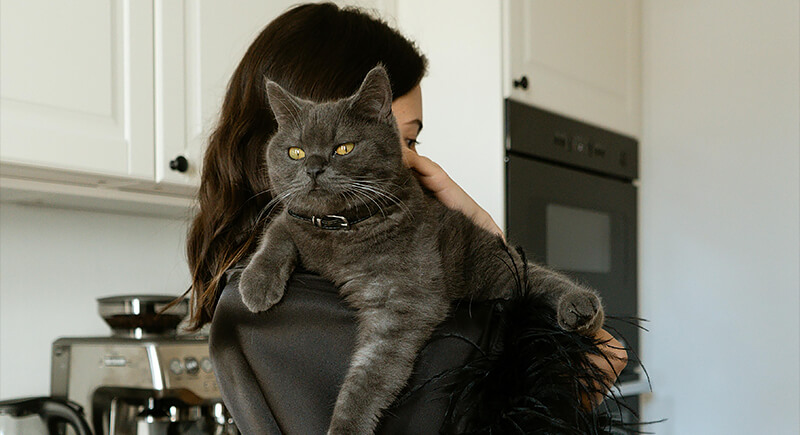
Credit: pexels
Time is precious in an emergency. Keep a carrier accessible and train your cat to go inside with treats. During a fire or evacuation, those few minutes of preparation make all the difference.
Store Medications Out of Reach

Credit: pexels
Always keep all medications out of a cat’s reach. Cats can easily knock pill bottles off surfaces or chew through blister packs. Since both human and pet medicines can be toxic if swallowed, store your prescriptions, vitamins, and even simple over-the-counter tablets in closed cabinets.
Keep Toilet Lids Closed
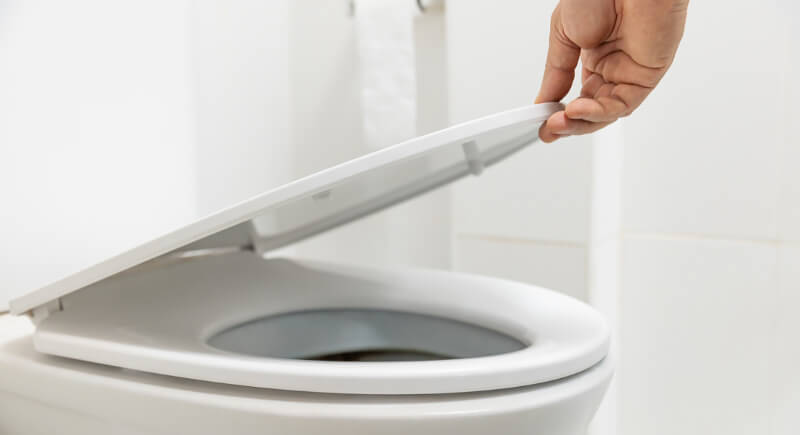
Credit: Canva
It seems simple, but always keep the toilet lid closed. A curious cat might try to drink the water, which could contain harmful cleaning chemicals. Smaller cats also risk slipping inside.